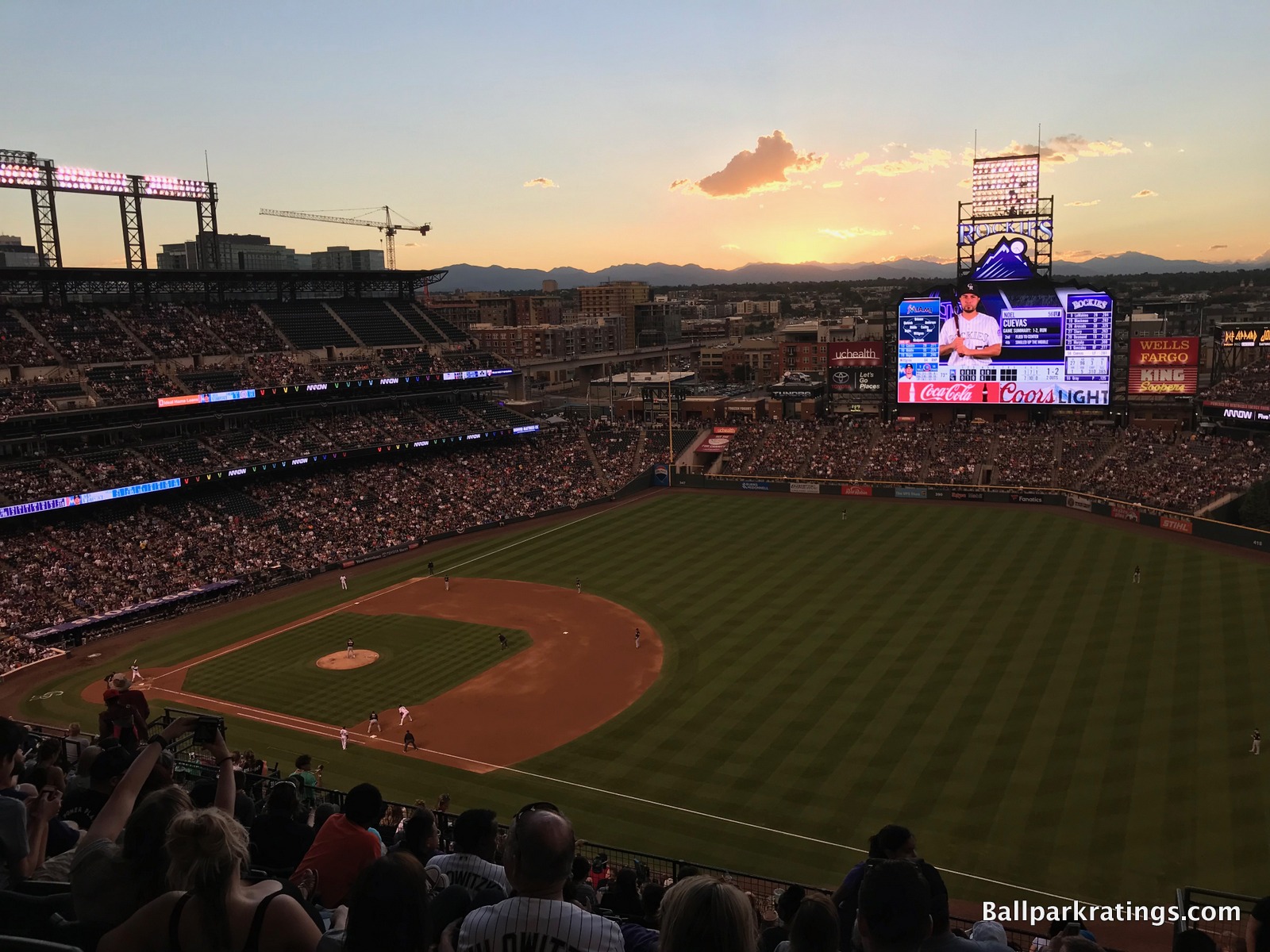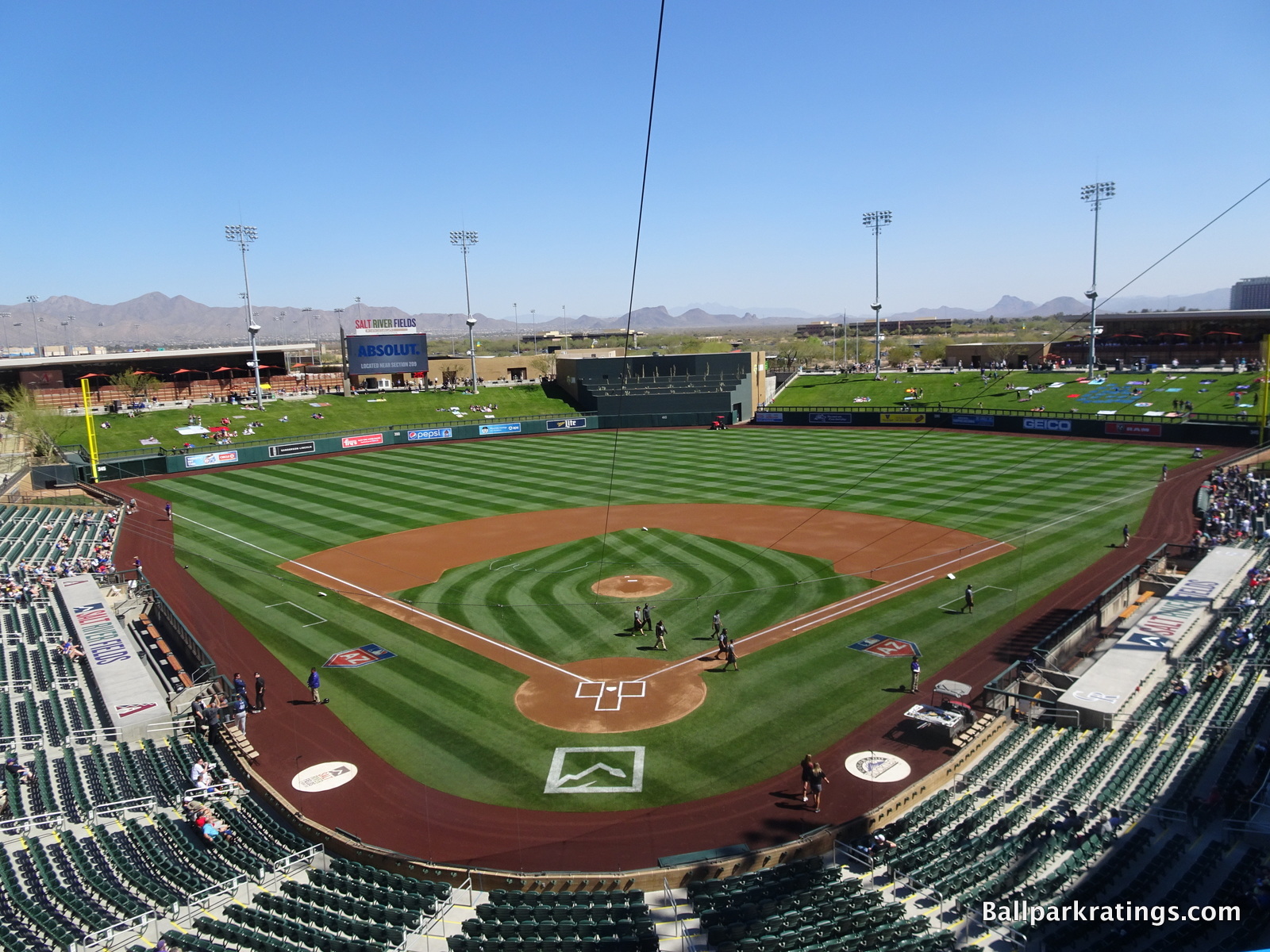
Coors Field
Colorado Rockies
Major League
TL;DR? Here’s the long-form piece in a nutshell:
Now amazingly the 3rd oldest ballpark in the National League behind classics Wrigley and Dodger, Coors Field has aged remarkably well. Opening on the heels of the revolutionary Camden Yards (1992) and the well-received Progressive Field (1994), Coors Field created the template for the modern-day retro ballpark in 1995.
With its open concourses and good sightlines, Coors Field fixed many of the functional flaws seen in those two predecessors, while perfecting the Camden philosophy of crafting a contextually-inspired ballpark free from contrivances or gimmicks.
Coors Field’s famous mountain views may be overrated—the sweeping vistas are only visible from some upper sections and only at ideal times; the park’s interior visuals are underwhelming overall—but Denver’s park does just about everything else right.
LoDo makes for one of baseball’s very best neighborhoods. Coors Field features my favorite ballpark exterior design, taking retro red brick to “capital-A” architecture territory and fitting in with LoDo like a glove. Coors Field holds up well from a functional standpoint. The in-park brewery is fun. And 2010s enhancements added the outstanding Rooftop party deck and the videoboard shaped like a mountain.
Overall, Coors Field very well-rounded, checking most of the boxes, while possessing a few exceptional features and timeless architecture. You may not instinctively think of Coors Field when pondering which ballparks are likely to withstand the test of time into the mid-21st century, but Denver’s ballpark has the core ingredients to do so.
